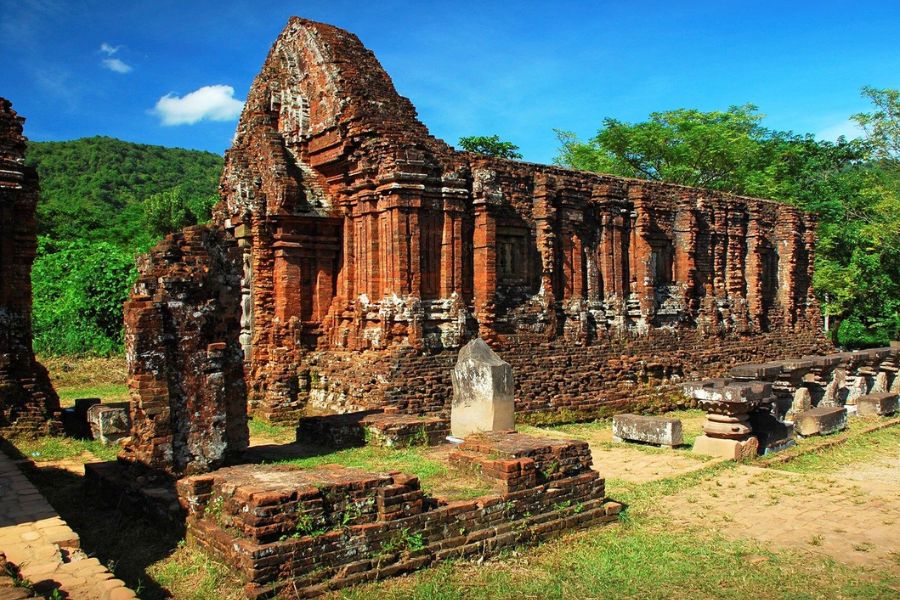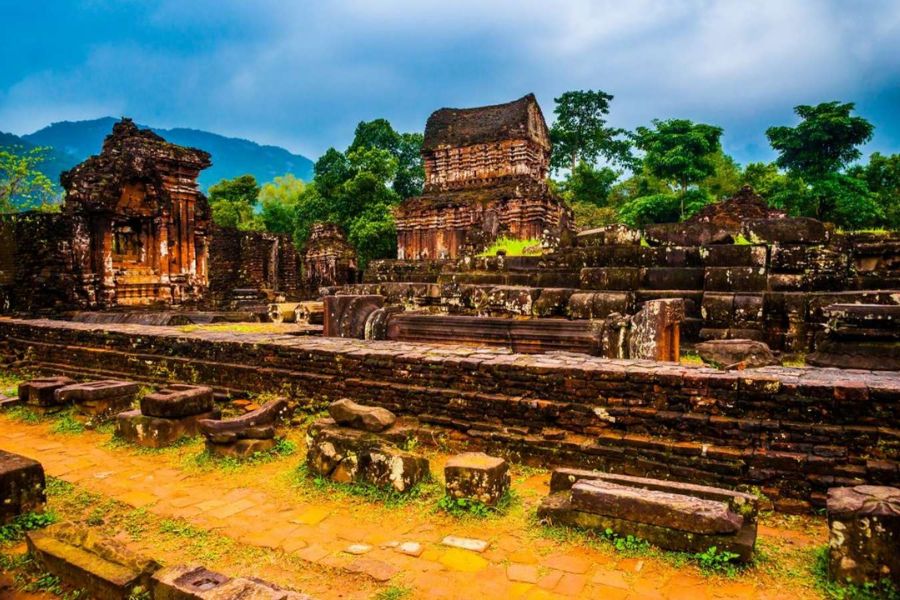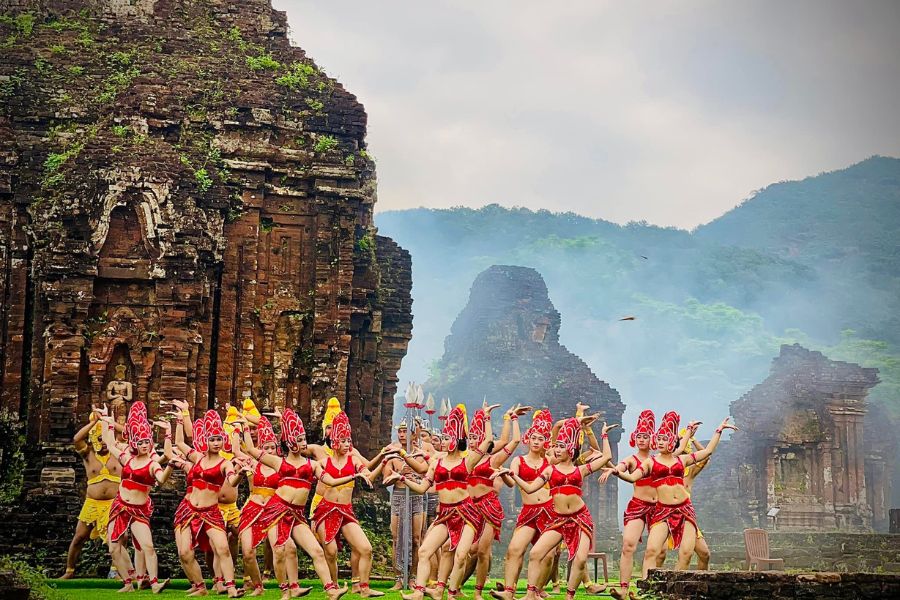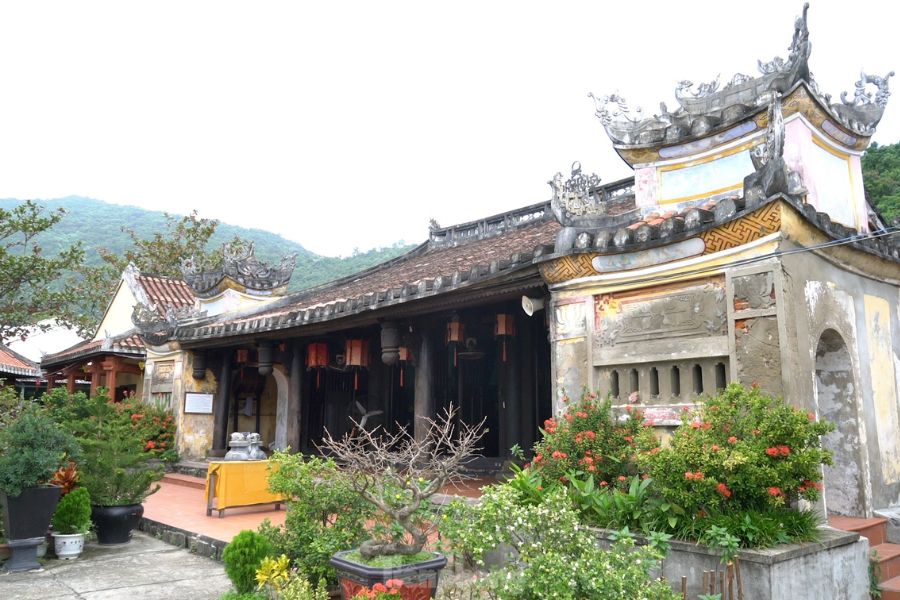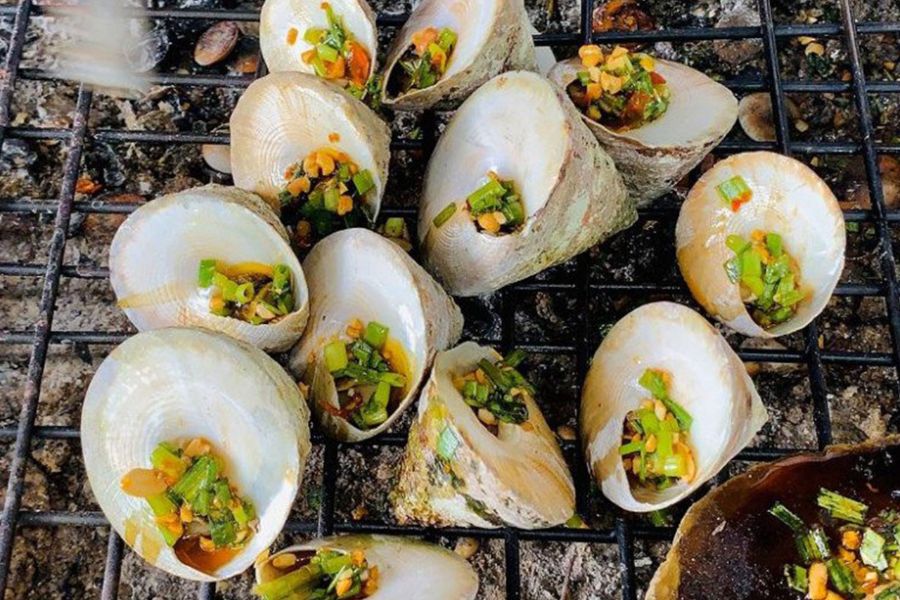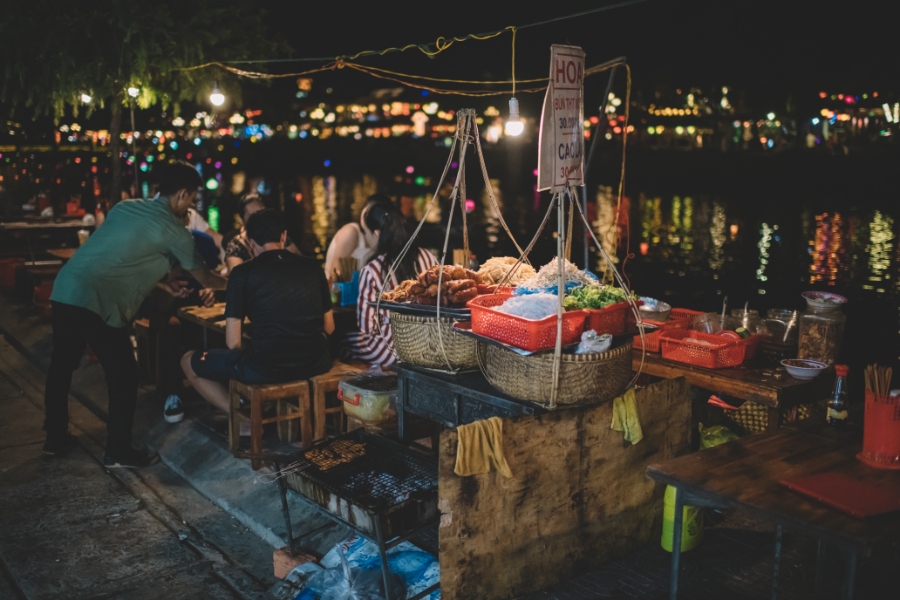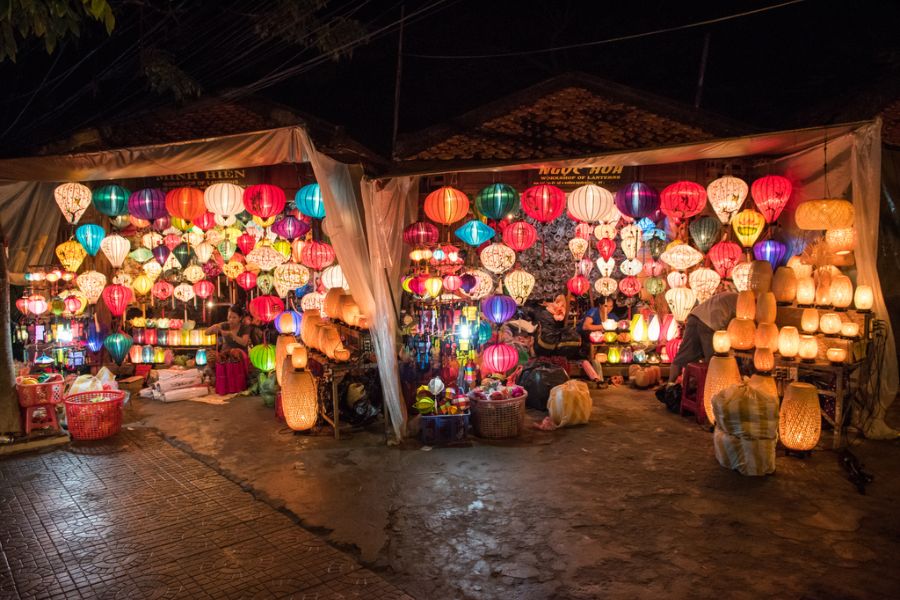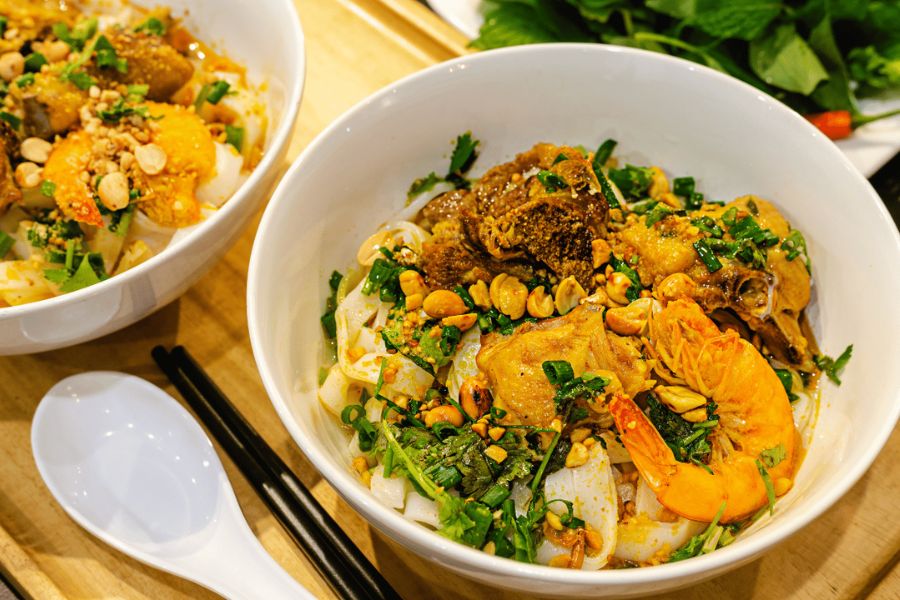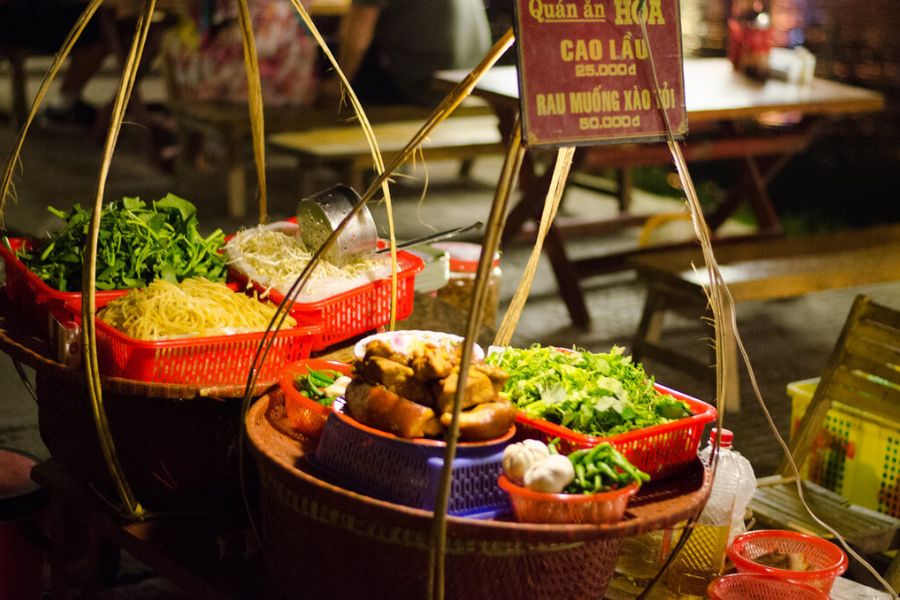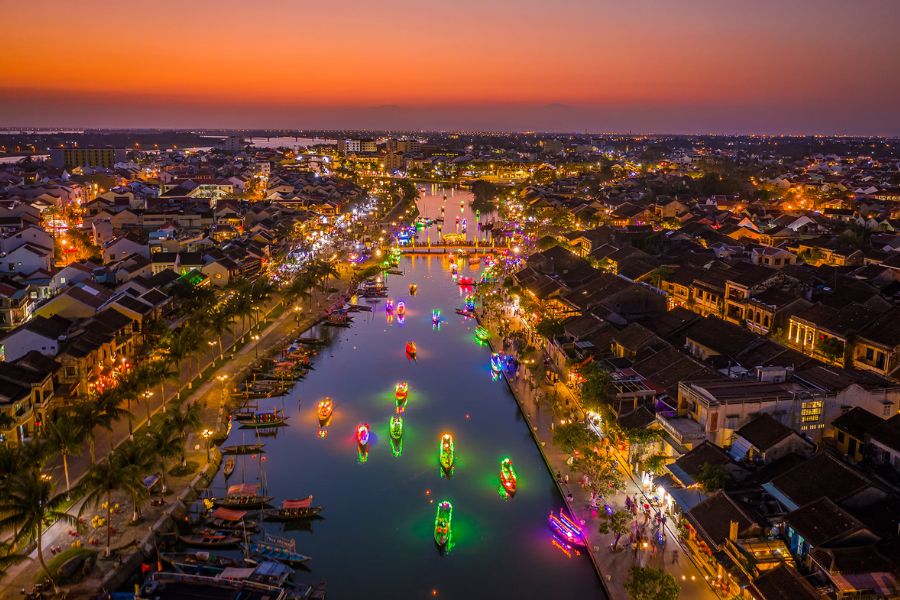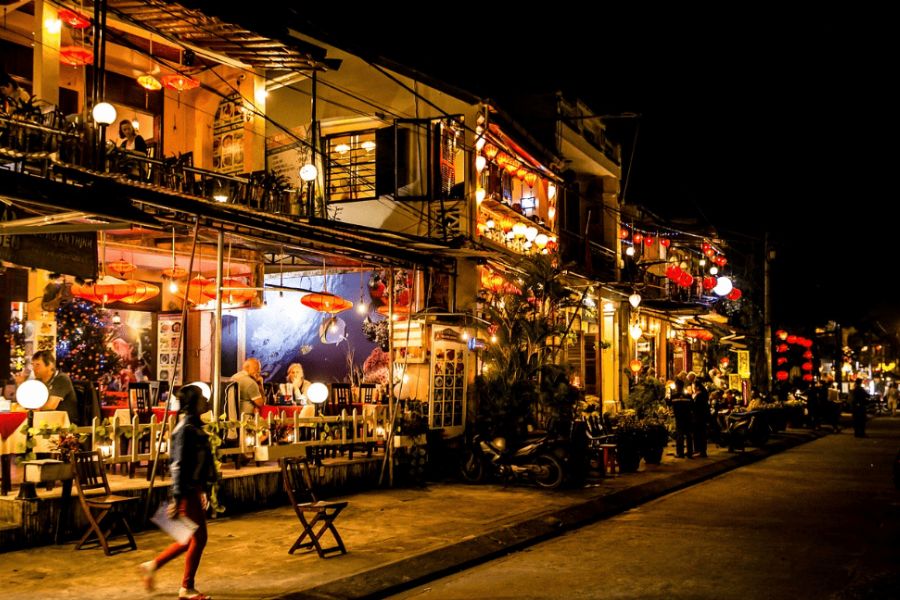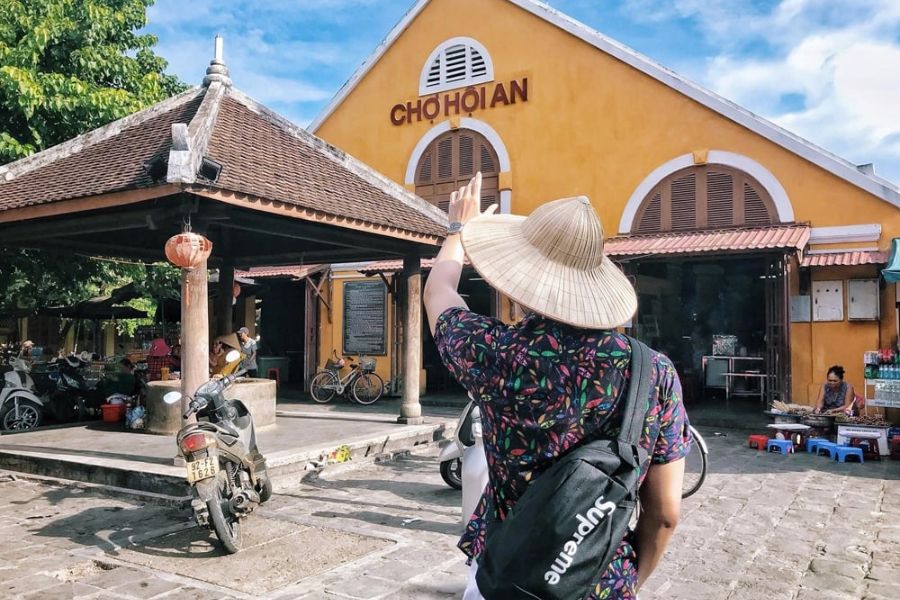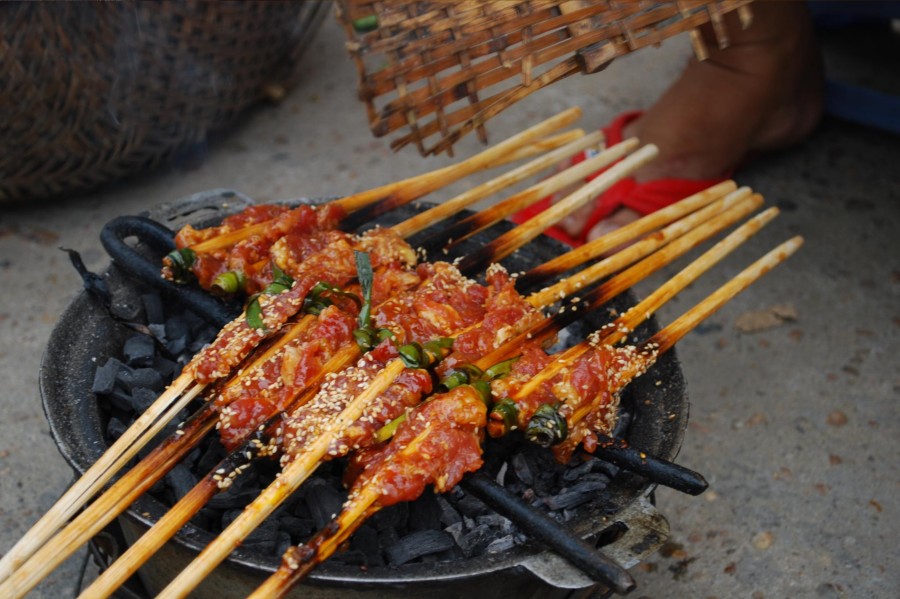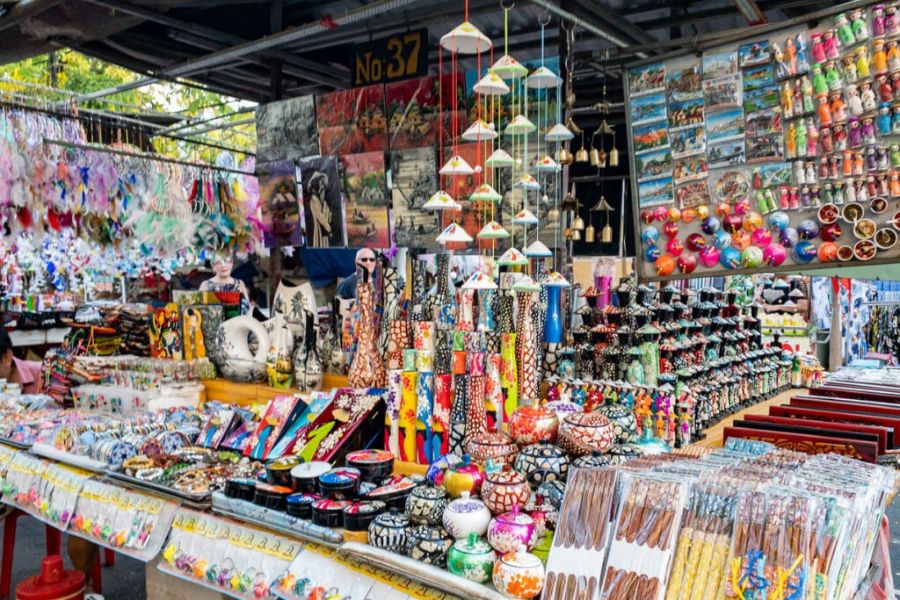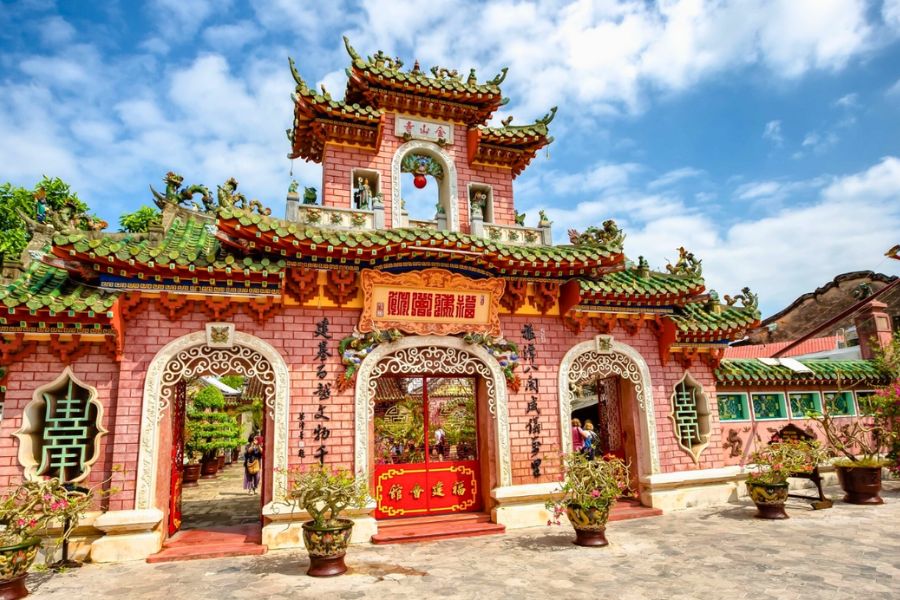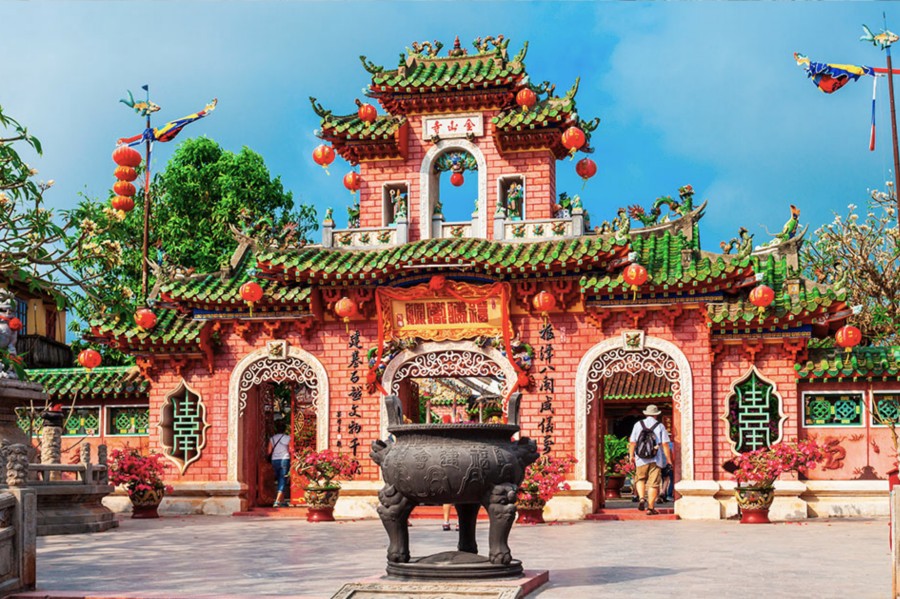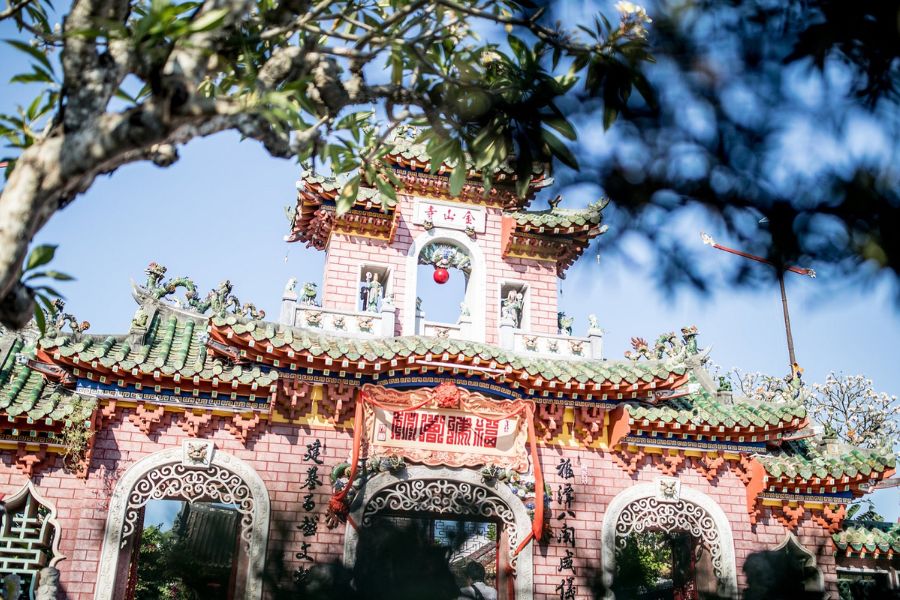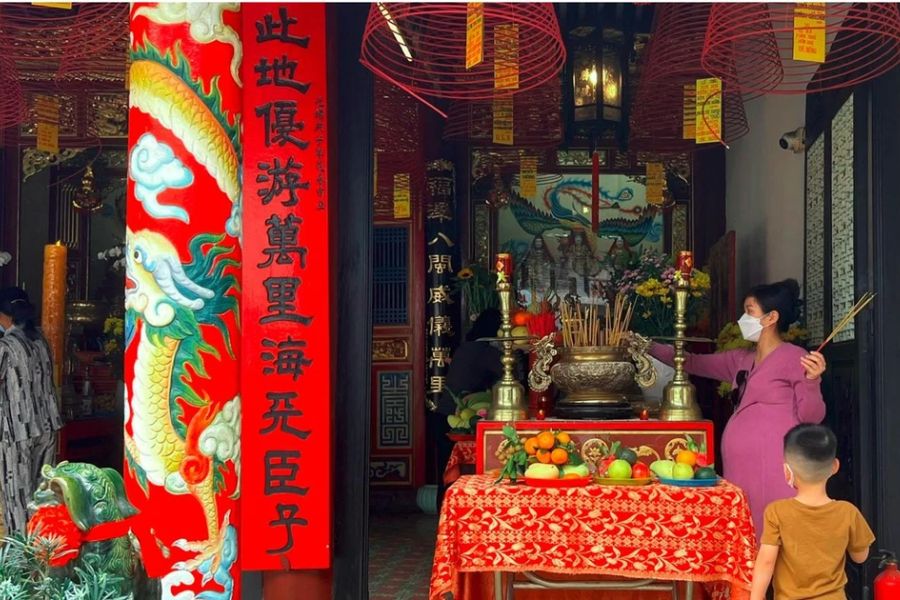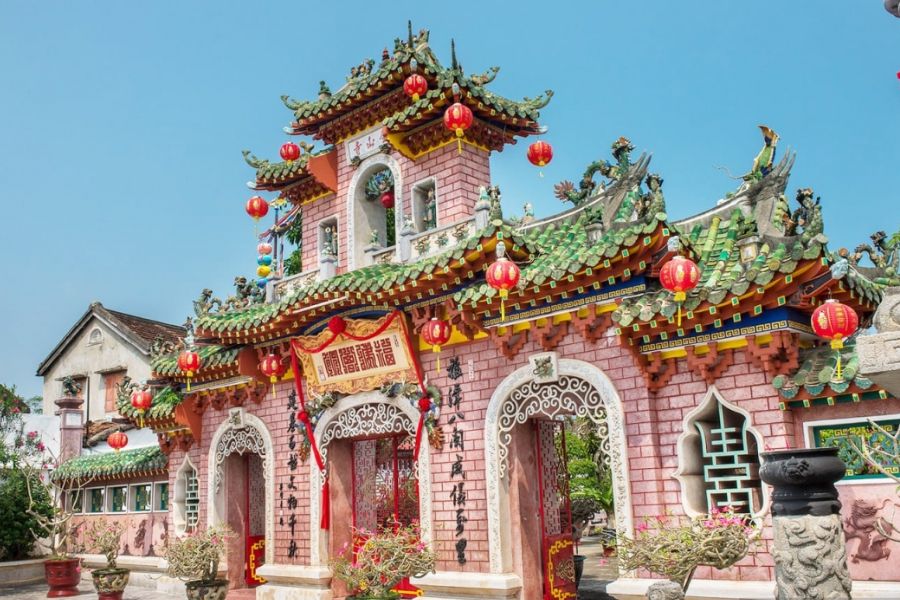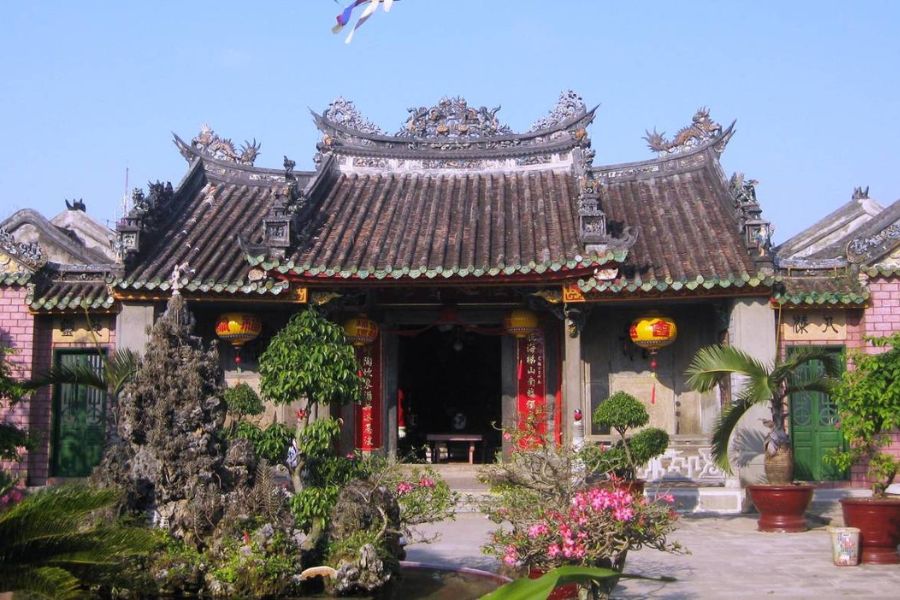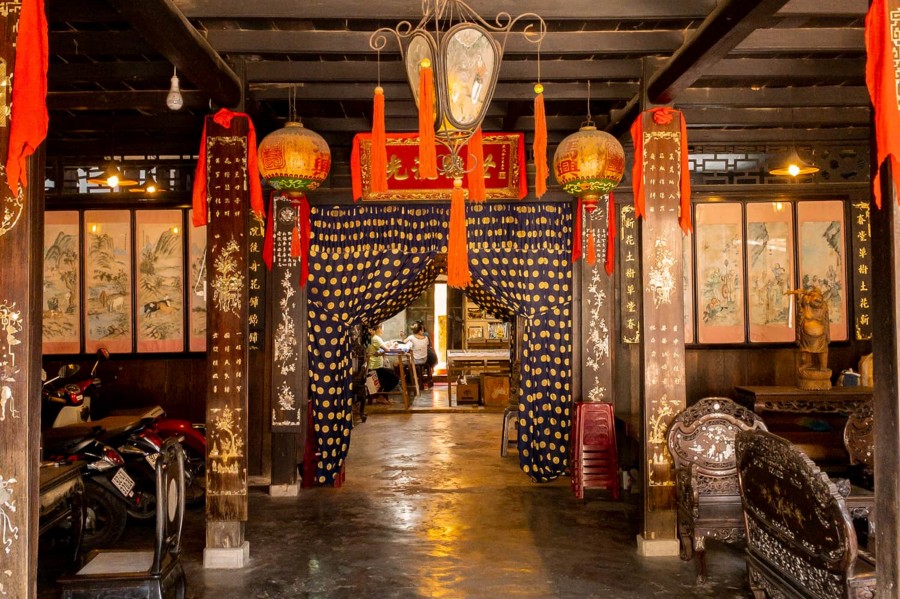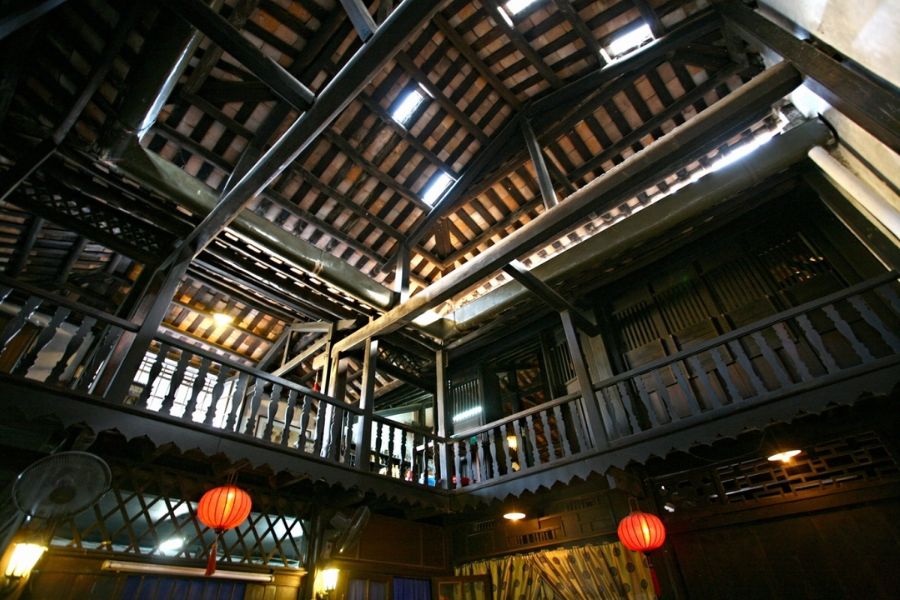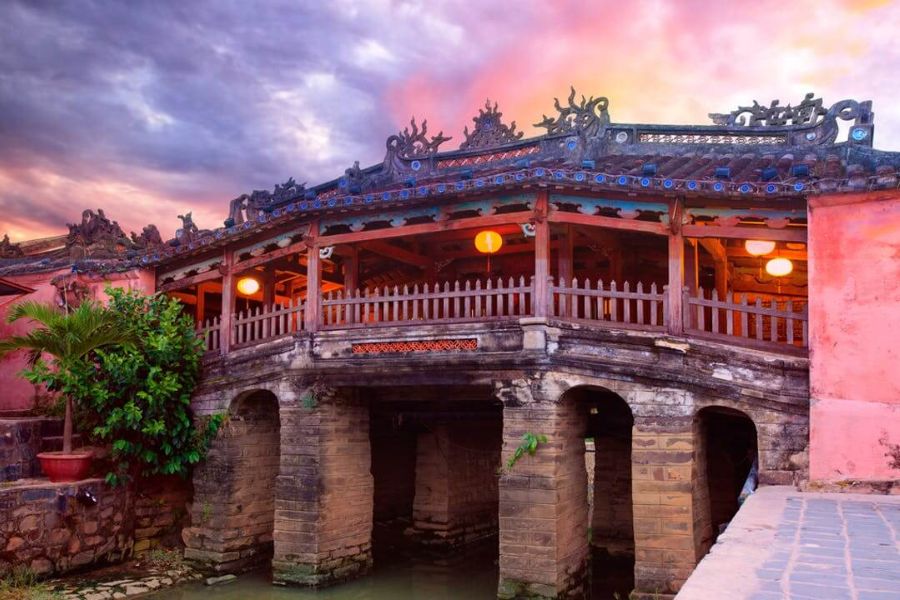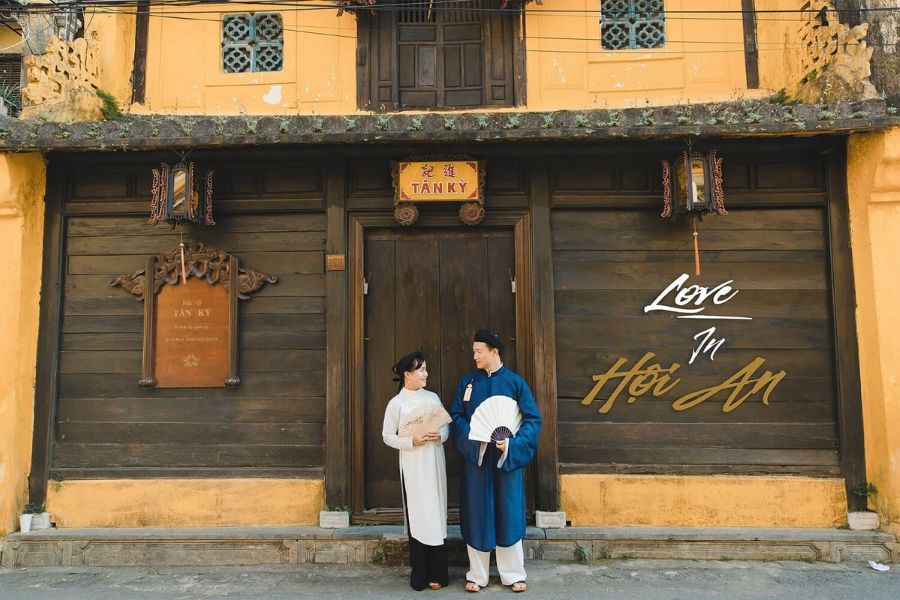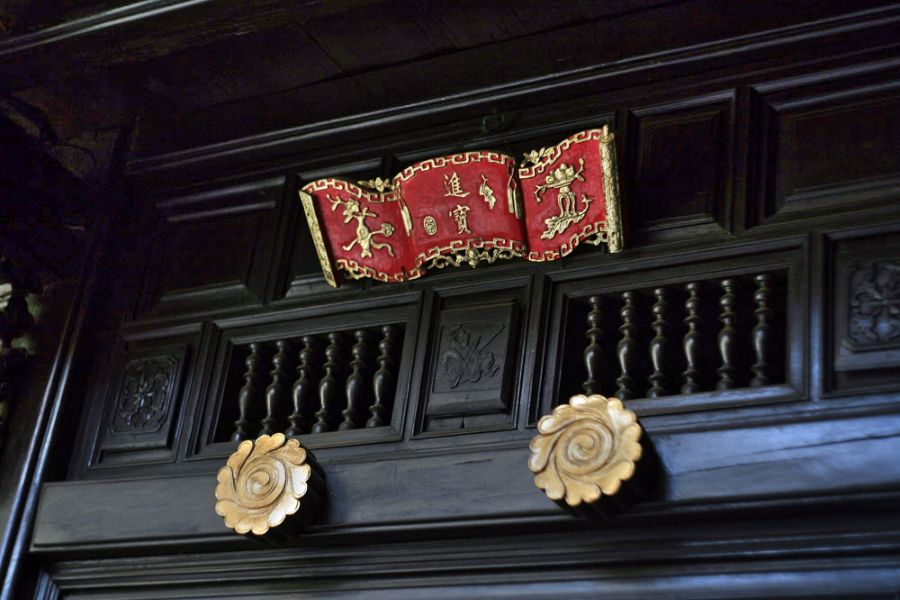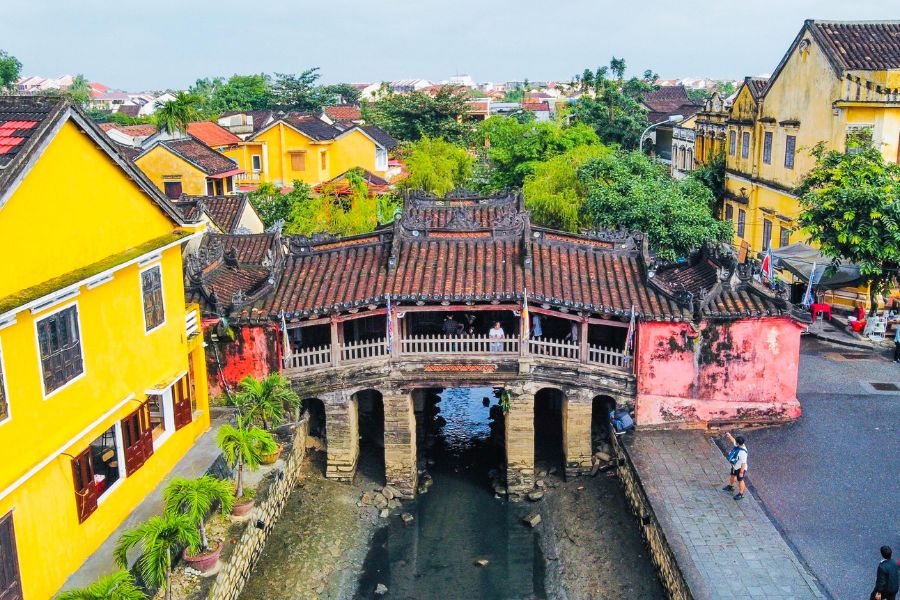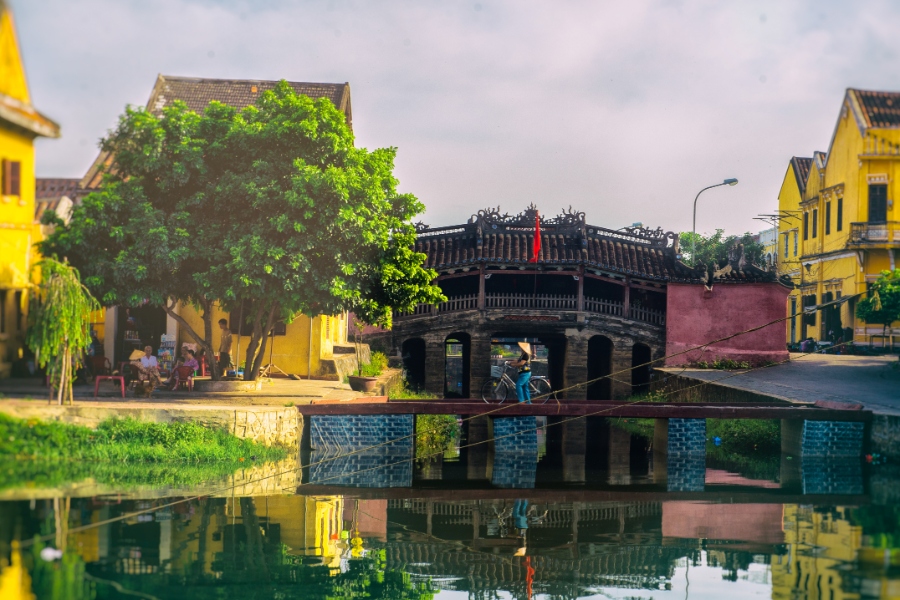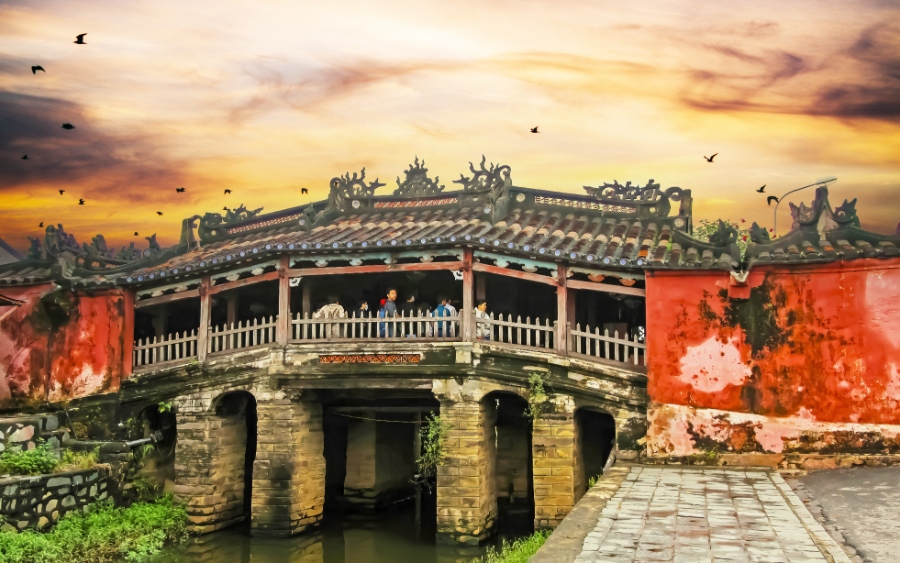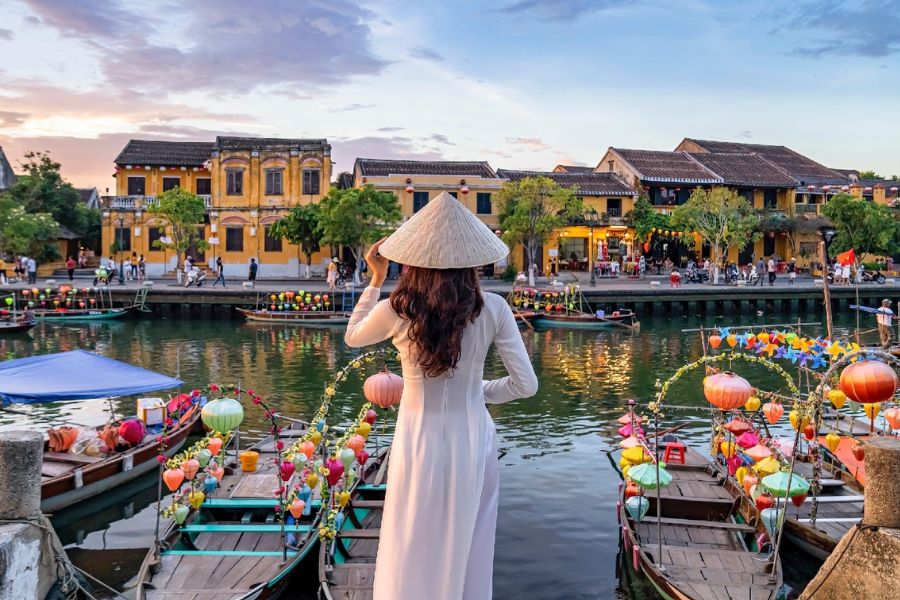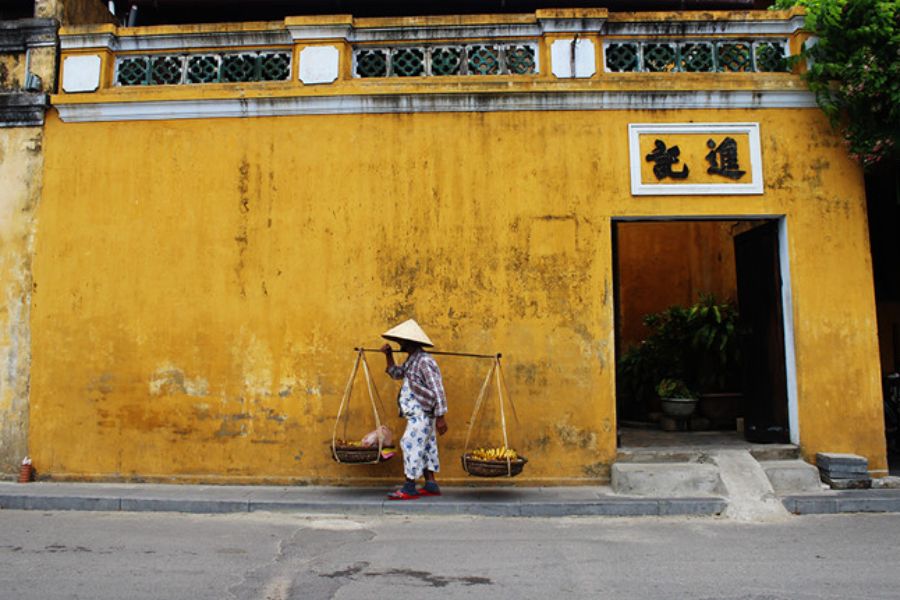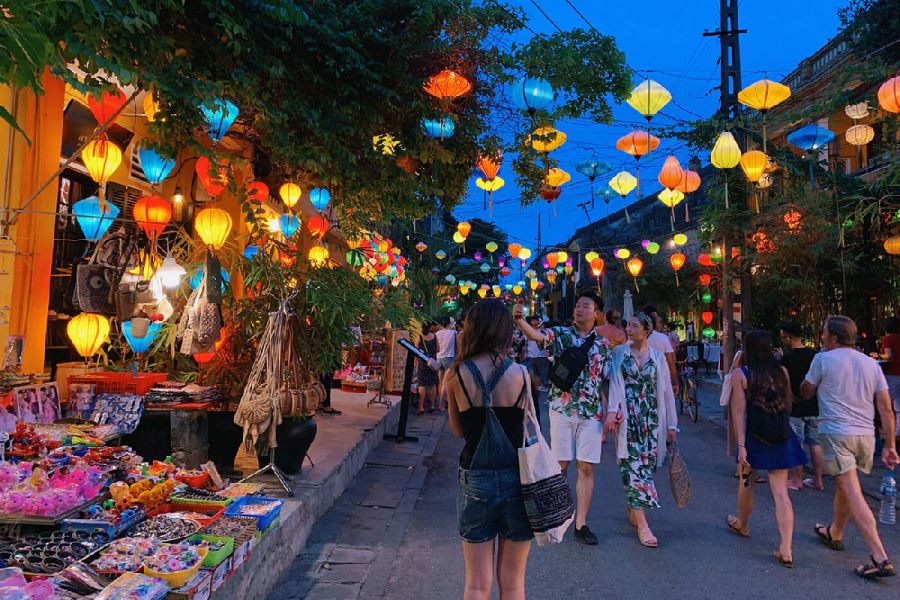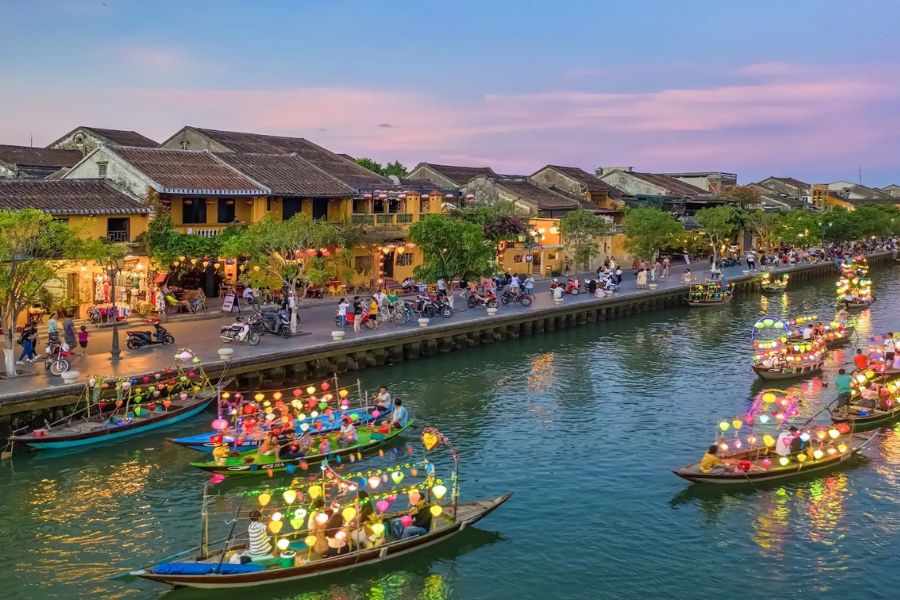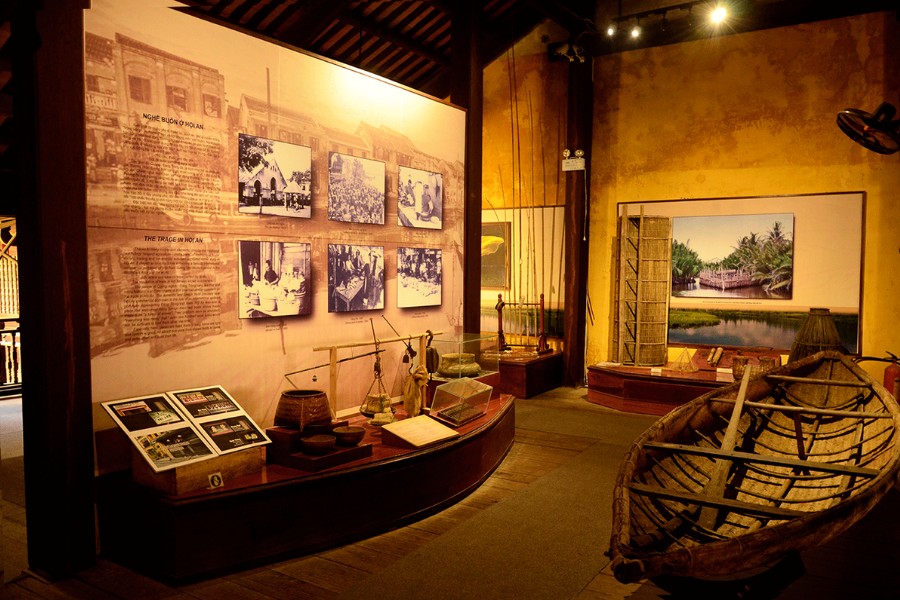Museum Of Trade Ceramics: Multinational Culture And Styles
The Museum of Trade Ceramics is a brilliantly preserved 19th-century merchant residence that shows the Ancient Town’s rich trading culture and history. Seni World’s travel guide will show you its history, culture, attractions, entrance fees, and important travel tips.
Introduction To The Museum Of Trade Ceramics
The Museum of Trade Ceramics in Hoi An Ancient Town, located at 80 Tran Phu Street, is a brilliantly preserved 19th-century merchant residence that shows the Ancient Town’s rich trading culture and history. With more than 400 artifacts dating from the 9th to 19th centuries, the museum emphasizes Hoi An’s role as a critical hub on the old maritime Silk Road.
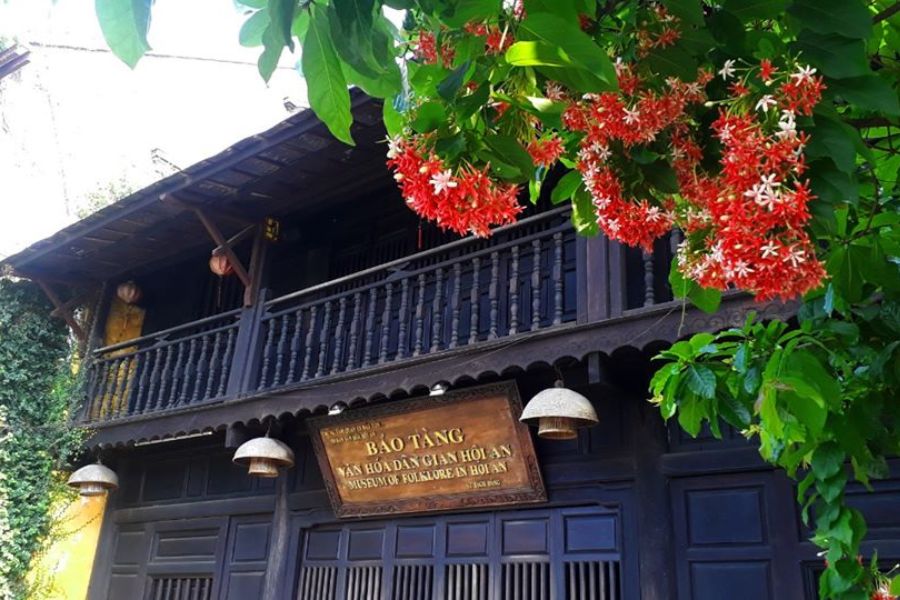
Local people and international travelers who take a Central Vietnam itinerary can come to this place and admire ceramics from China, Japan, India, the Middle East, as well as Southeast Asia. Moreover, visitors can also explore the unique structure and traditional architecture of the construction itself. They reflect the cultural fusion that defines the special Hoi An heritage.
History Of The Museum Of Trade Ceramics
The Museum of Trade Ceramics was established in 1995 inside a restored 19th-century merchant house in Hoi An Ancient Town. The museum aimed to preserve and exhibit the Ancient Town’s role as a key trading port on the maritime Silk Road from the 9th to the 19th centuries.

The collections at this attraction are amassed from archaeological excavations and shipwrecks, highlighting the cultural and trading between Vietnam and international locations, which include China, Japan, India, and the Middle East. At present, the Museum of Trade Ceramics is also a symbol of the architectural and cultural heritage of Hoi An’s merchant community.
Unique Architecture Of The Museum Of Trade Ceramics
The Museum of Trade Ceramics in Hoi An Ancient Town is a brilliantly preserved 19th-century merchant residence that shows the Ancient Town’s rich trading culture and history. Here are 5 unique architectural features of the well-known Museum of Trade Ceramics in Hoi An Ancient Town:
Traditional Hoi An Wooden House Design
The Museum of Trade Ceramics is located in a restored 2-story wooden house, which has the traditional style of Hoi An’s 19th-century ancient merchant residences. Particularly in the architecture, the museum has dark wood beams, carefully carved timber frames, and a beautiful tiled roof that strongly replicates the Hoi An Ancient Town’s architectural identity.

Harmonious Blend Of Cultures
Arriving at this place, you can have an opportunity to revel in a fusion of Vietnamese, Japanese, and Chinese influences. You will see complicated curved roof details that remind you of old Chinese temples, elegant Japanese-style wooden joinery, and brilliant Vietnamese open layouts with natural ventilation. Don’t forget to take some memorable photos and share them with your networks.
Spacious Courtyard Layout
A distinctive and highlighted feature of the Museum of Trade Ceramics is the prominent central courtyard, which presents light and air circulation. This open space of this place became a wonderful and useful solution for tropical weather like in Central Vietnam, and additionally served as a communal region for both merchants and families at that time.
Decorative Carvings And Patterns
The Museum of Trade Ceramics’s architecture also emphasizes delicate and captivating timber carvings, unique lattice windows, as well as symbolic motifs. All of them often represent prosperity, toughness, longevity, harmony, and concord. When you see them in the cultural and career side, they are values critical to the merchant community from the past to the present.
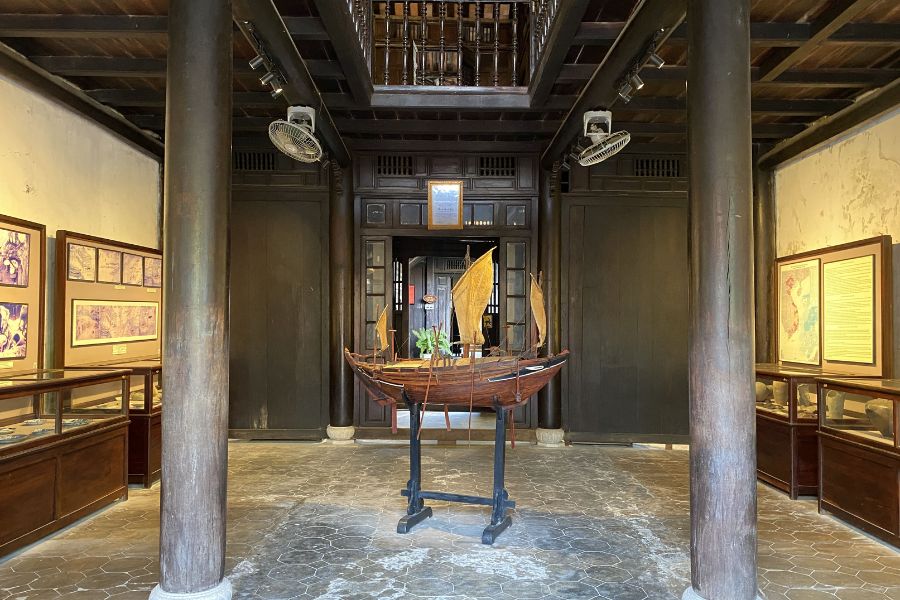
Functional Trade House Structure
Unlike a normal home, the construction was designed to mix residential and trading spaces. Among them, the ground floor was once used for exhibiting goods and conducting commercial enterprises. Besides, the upper floor was used as private living quarters for families. You can see that this layout showcases the commercial life of old Hoi An’s trading families.
5 Cultural Experiences You Shouldn’t Miss At The Museum Of Trade Ceramics
Not only can you learn more about the unique and captivating architectural features of the Museum of Trade Ceramics, but you can also find out more about and unwind in cultural experiences in this famous attraction. Here are 5 cultural experiences you should not miss when investigating the impressive area around the Museum of Trade Ceramics:
Discovering Ancient Trade Routes
Learning more about the ancient trade routes will be one of the wonderful things to do in Hoi An, in general, and in this museum adventure. The museum displays maps, documents, and old artifacts that show how Hoi An was once a dynamic hub of the maritime Silk Road. You can have a chance to understand more about the insight into how ceramics linked Vietnam with China, Japan, India, and the Middle East.
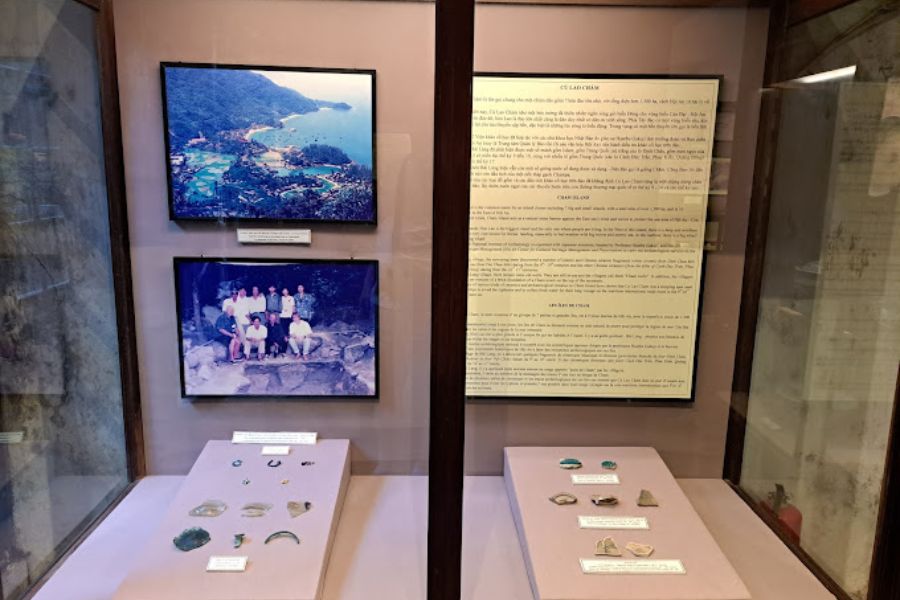
Admiring Rare Ceramics Collection
At the Museum of Trade Ceramics, there are over 400 ceramic artifacts dating from the 9th to 19th centuries on show for visitors, consisting of luxury Chinese porcelain, beautiful Japanese Imari ware, and unique Middle Eastern pottery. Through this series, you will witness the diversity of both styles and techniques brought via exchange in Hoi An in the past.
Participating In Storytelling Tours
Some tours to the Museum of Trade Ceramics consist of local tour guides who share legends, merchant family histories, as well as interesting tales of long-distance voyages in the past centuries. This experience will make static artifacts that are just displayed in the museum into vivid and energetic stories of cultural exchange in Hoi An Ancient Town.
Enjoying Traditional Foods In The Surroundings
The Museum of Trade Ceramics is located within Hoi An Ancient Town, so after visiting the museum, don’t forget to stroll and revel in traditional delicious foods nearby areas. Some iconic dishes here include Cao Lau (Cao Lau Noodle Soup), Mi Quang (Quang Noodle), Banh Vac (White Rose Dumplings), Com Ga (Chicken Rice), and Banh Xeo (Crispy Vietnamese Pancake).
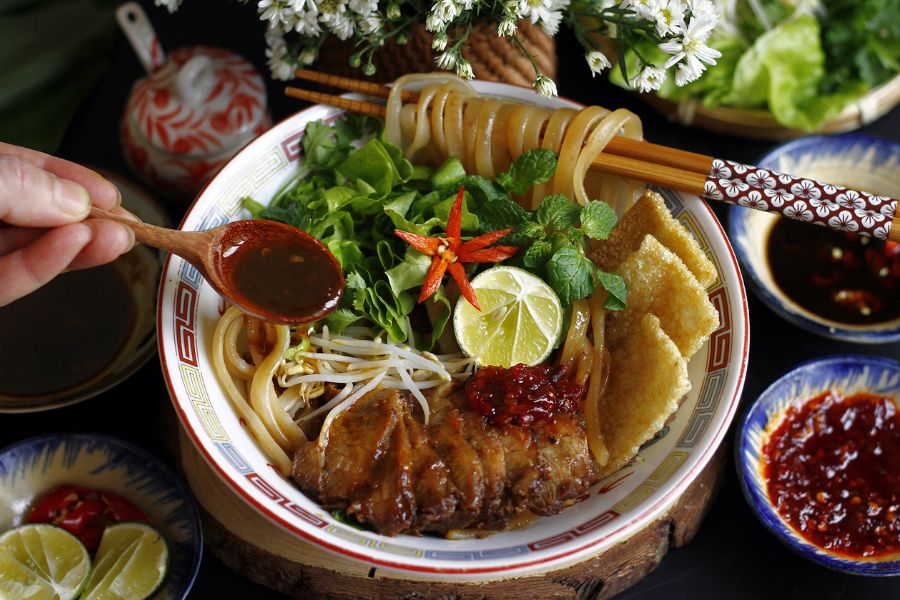
Buying Souvenirs In The Surroundings
After exploring the Museum of Trade Ceramics, you can stroll the surrounding streets of Hoi An Ancient Town to buy souvenirs that link to ceramics. Ceramic stores close to the museum sell fantastically beautiful, crafted bowls, elegant teapots, and pretty vases inspired by centuries-old styles once traded across Asia. Besides ceramics, you can choose homemade lanterns, carefully crafted silk scarves, embroidered textiles, and intricate timber carvings that make specific keepsakes or gifts, or as a way to bring home a piece of Hoi An’s culture.
Entrance Fee Of The Museum Of Trade Ceramics
Here is a table that Seni World has prepared for the entrance fees at the Museum of Trade Ceramics. These fees can slightly vary according to the real-time travel season:
| Ticket Type | Price (VND) |
| Vietnamese (domestic) visitors | 80,000 VND per person |
| International (foreign) visitors | 120,000 VND per person |
Opening Hours Of The Museum Of Trade Ceramics
Seni World has also collected all the Museum of Trade Ceramics opening hours for travelers. Thanks to them, you can flexibly schedule a comfortable and happy trip to this destination in Hoi An Ancient Town:
| Day | Opening Hours | Notes |
| From Monday to Sunday | From 07:00 AM to 09:00 PM daily | It can be different based on the real-time climate and crowd. |
| Every 15th day of the month | Closed | For maintenance or repairs. |
From February to April and from September to January are the best times to visit Hoi An in general and the Museum of Trade Ceramics in particular. This is the reason why the opening hours of this museum can be different, depending on the real-time climate and crowd. So you need to check before and carefully confirm with the Museum of Trade Ceramics’s manager.
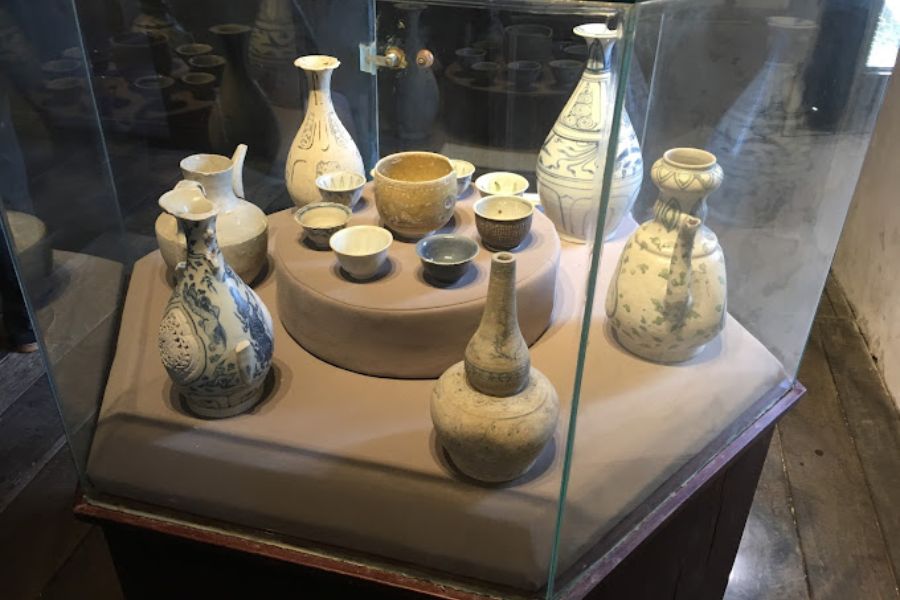
How To Get To The Museum Of Trade Ceramics
In the Museum of Trade Ceramics journey, you should select the right way to get to this attraction to be convenient, as well as have a suitable price. Here are hints from Seni World about how to get to the Museum of Trade Ceramics from Hoi An’s central areas:
| Transportation Mode | Estimated Price (VND) | Travel Time | Best For |
| Walking (within Hoi An Ancient Town) | Free | From 5 to 15 minutes (depending on your hotel’s location) | Walking is suitable for travelers staying inside the Hoi An Ancient Town who prefer to explore this area at a slow pace. |
| Bike | From 20,000 to 40,000 VND per day (rental) | From 5 to 10 minutes | Biking is an eco-friendly choice, common with budget vacationers and travelers who enjoy cycling. |
| Motorbike | From 120,000 to 150,000 VND per day (rental) | From 3 to 7 minutes | This type of transportation is for independent travelers who want both flexibility and speed. |
| Taxi | From 30,000 to 80,000 VND (a short distance within Hoi An) | From 3 to 5 minutes | Navigating by taxi is comfortable, convenient, especially for families or groups. |
| From Da Nang – Taxi or private car | From 300,000 to 400,000 VND for one way | About 45 minutes (30 kilometers) | Travelers will be coming directly from Da Nang airport or their accommodations. |
| From Da Nang – Bus | From 20,000 to 30,000 VND for one way | From 60 to 70 minutes (30 kilometers) | Budget travelers will love this type of transportation, and buses stop near Hoi An Ancient Town, so they can walk to the museum. |
Things To Know Before Traveling To The Museum Of Trade Ceramics
To have an exciting, happy, convenient, and safe Hoi An itinerary, as well as a Museum of Trade Ceramics trip, you should remember the following essential travel tips. These tips will help you discover this place comfortably, but still respect both culture and society, and protect yourself best:
- Respect the heritage: Say no to touching the artifacts in the Museum of Trade Ceramics, except as allowed.
- Arrive at the museum early in the day: At this destination, mornings are quieter, with fewer vacationers. So you should choose this time for more time to explore everything.
- Get dressed suitably: Let’s choose light and breathable garments when visiting the museum, because they are great for Hoi An’s tropical climate.
- Wear relaxed shoes: The Museum of Trade Ceramics is inside an antique house with timber floors. Therefore, you should wear comfortable walking footwear to stroll around conveniently.
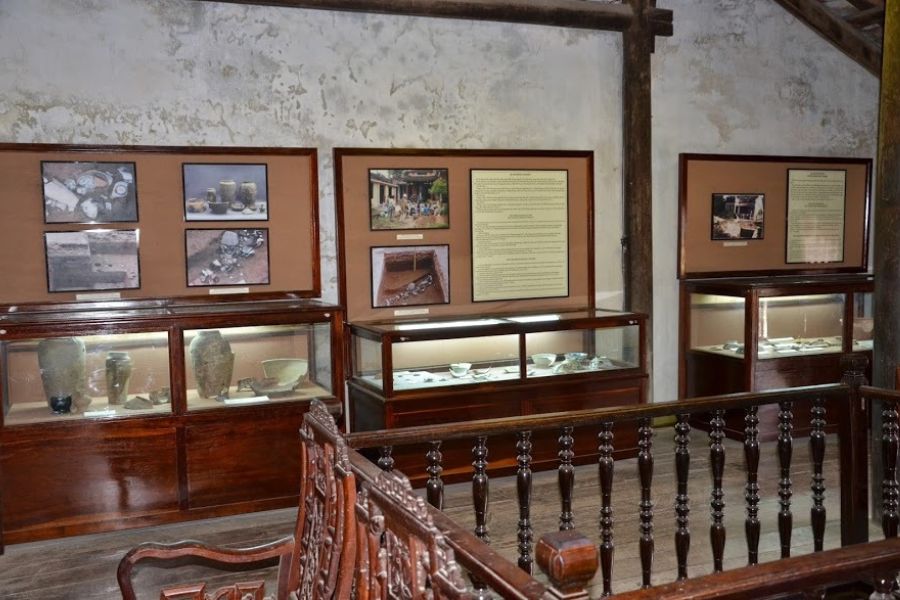
- Bring light baggage: The museum is in the center of Hoi An Ancient Town, so the distance is not very long in case you stay in Hoi An. This is the reason why you should keep away from wearing bulky bags.
- Stay hydrated: You should bring a water bottle in your baggage to ensure you’re hydrated, in particular if you plan to explore the whole Hoi An Ancient Town after the Museum of Trade Ceramics.
- Respect the quiet atmosphere: The atmosphere of the Museum of Trade Ceramics is very quiet, so you need to be polite and speak softly when exploring the museum.
- Combine with nearby museums: For an interesting exploration, let’s combine this journey with nearby museums, consisting of the Museum of Sa Huynh Culture and Hoi An Folklore Museum. In case you don’t know how to arrange this adventure suitably and flexibly, contact Seni World for more consulting.
Final Thoughts: Is The Museum Of Trade Ceramics Worth Visiting?
The Museum of Trade Ceramics emphasizes Hoi An’s role as a critical hub on the old maritime Silk Road. This building is a brilliantly preserved 19th-century merchant residence that shows the Ancient Town’s rich trading culture and history. If you want to take a Museum of Trade Ceramics journey, as well as consult things to see and do in this attraction, and receive support for the visa process, let’s contact Seni World, a reputable tour operator from Vietnam. We are here to help you from A to Z on your Museum of Trade Ceramics discovery adventure.








